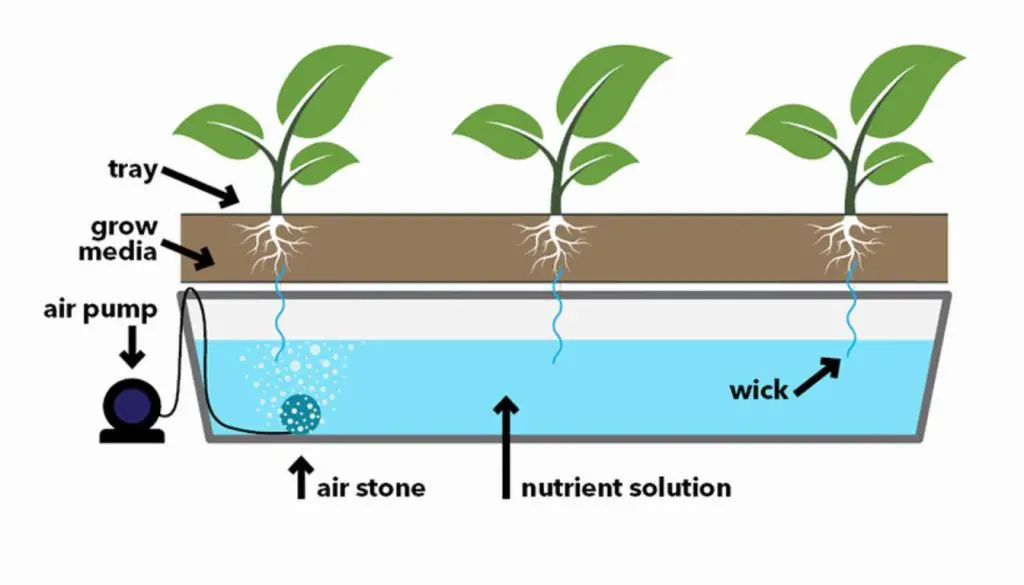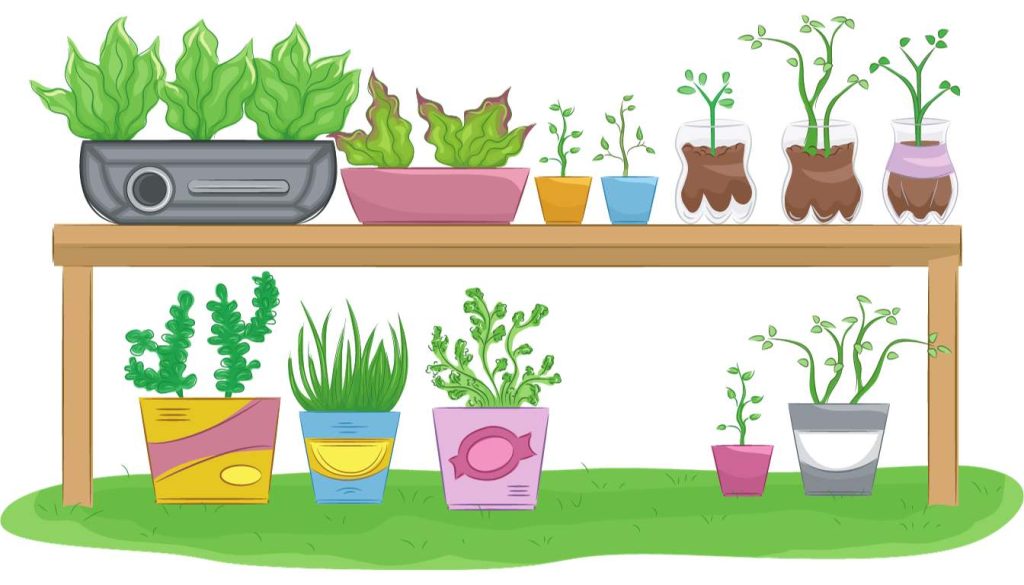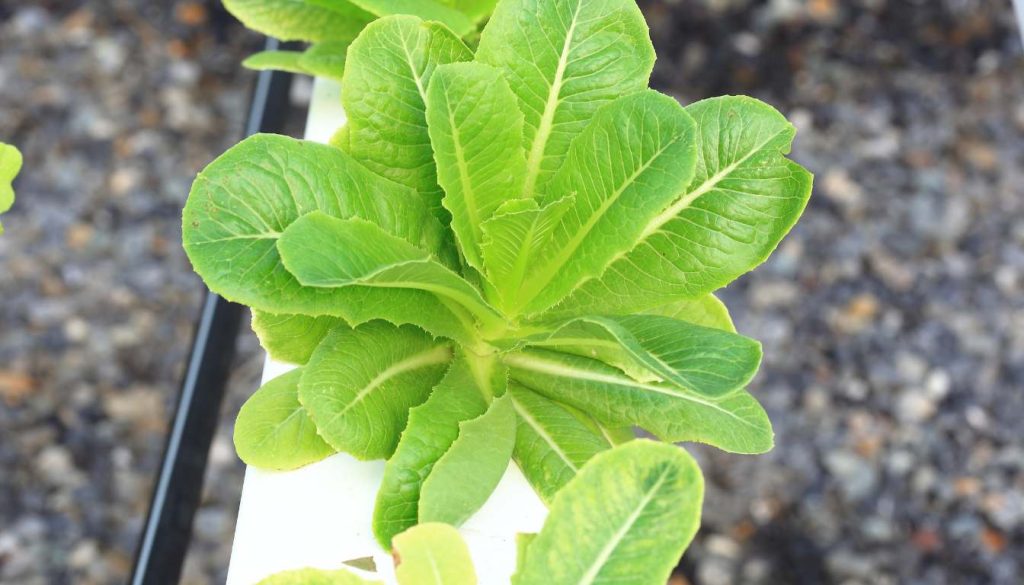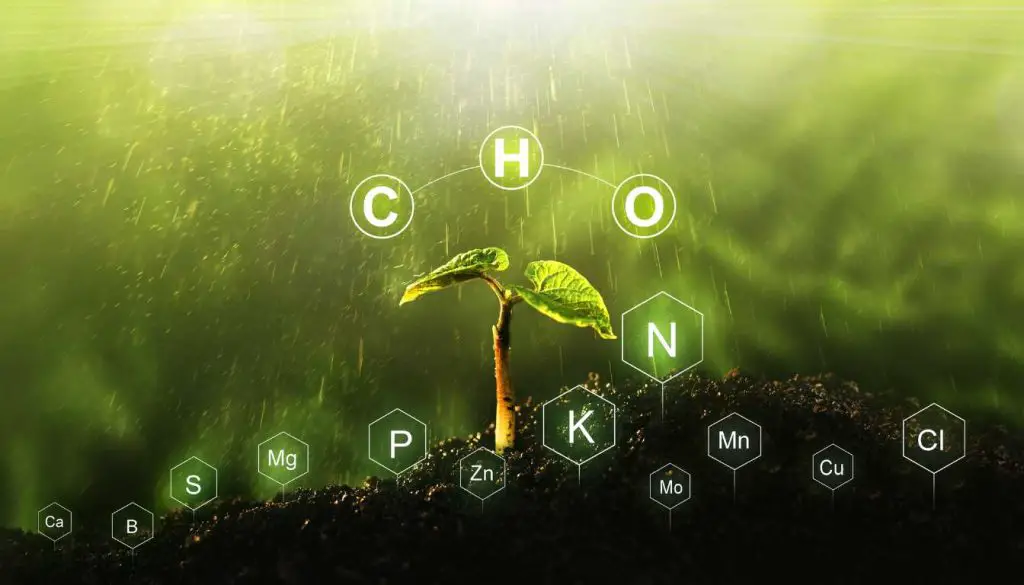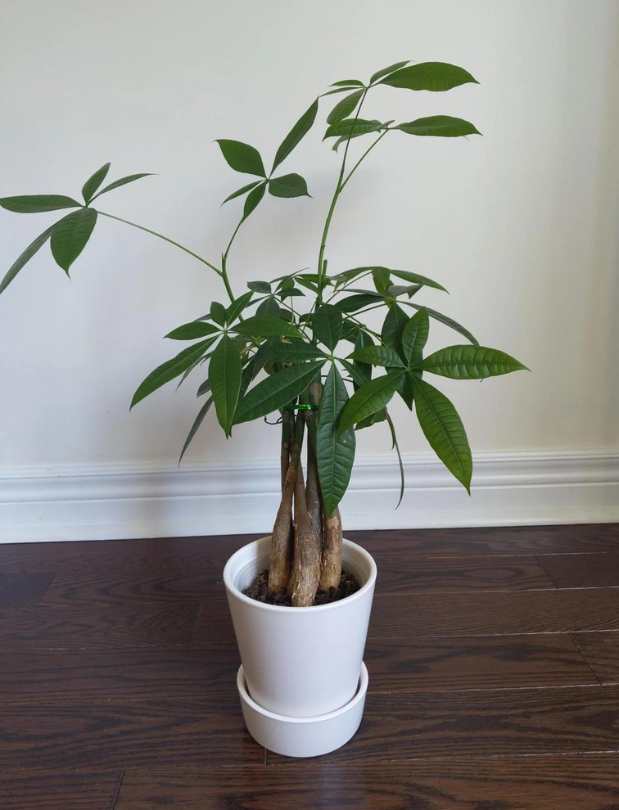Hydroponic farming is an innovative and sustainable method of growing plants without soil. It offers numerous benefits such as increased efficiency, year-round production, and conservation of resources like water and land. In this ultimate guide, we will explore the...
Hydroponic farming is an innovative and sustainable method of growing plants without soil. It offers numerous benefits such as increased efficiency, year-round production, and conservation of resources like water and land. In this ultimate guide, we will explore the different types of hydroponic farming, address common misconceptions, and discuss the best plants for successful hydroponic gardening.
Key Takeaways:
Hydroponic farming allows plants to thrive in a water-based, nutrient-rich solution. Various plant varieties, including vegetables and herbs, can be grown using hydroponics. Hydroponic gardening offers advantages such as year-round production and water conservation. Fruits, flowers, and other plants can also thrive in a hydroponic system. Hydroponics provides an efficient and sustainable alternative to traditional soil-based gardening.Hydroponic Farming Fundamentals
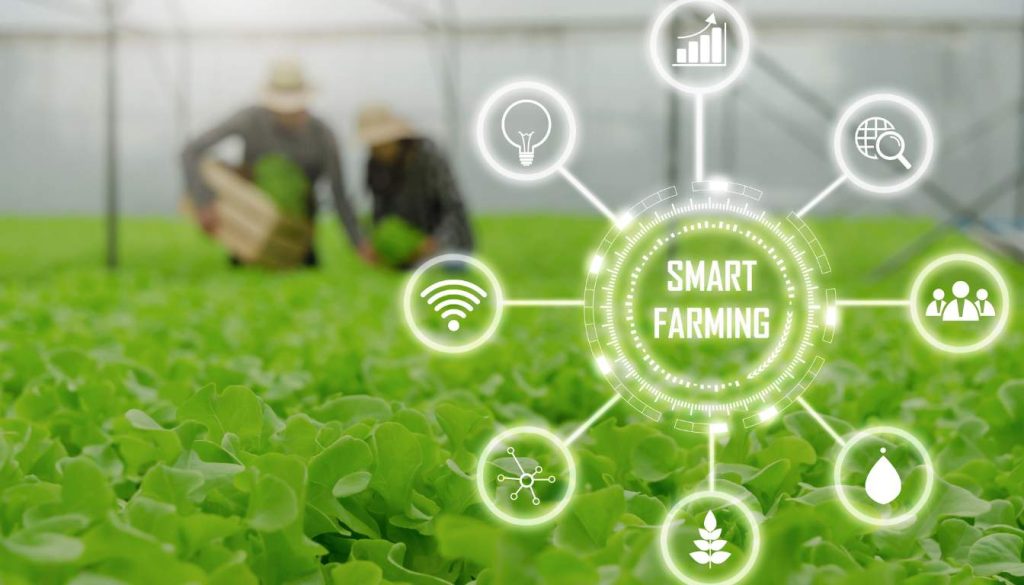
Hydroponic farming is a revolutionary method of growing plants without soil. Instead, plants are cultivated in a water-based, nutrient-rich solution that provides all the necessary elements for their growth. This innovative approach offers numerous advantages over traditional soil-based agriculture.
One of the key benefits of hydroponic farming is its versatility. It is suitable for a wide range of plant varieties, including vegetables, herbs, fruits, and flowers. Whether you want to grow crisp lettuce, fragrant basil, juicy tomatoes, or vibrant roses, hydroponics can support the thriving growth of these plants. With the right hydroponic system and proper care, you can create a diverse and flourishing garden.
Another advantage of hydroponic farming is the controlled environment it provides. By eliminating soil from the equation, hydroponics allows for precise control over variables such as temperature, lighting, and nutrient levels. This enables plants to grow faster and produce higher yields compared to traditional farming methods. Additionally, hydroponic gardening minimizes the risk of pests and diseases, resulting in healthier plants.
Overall, hydroponic farming offers a sustainable and efficient alternative to traditional agriculture. It conserves resources like water and land, reduces the need for harmful chemicals, and allows for year-round production regardless of the climate or season. With its flexibility and benefits, hydroponic farming is revolutionizing the way we grow plants and is shaping the future of agriculture.
Benefits of Hydroponic Gardening
Hydroponic gardening offers a range of benefits that make it an attractive option for both beginners and experienced gardeners. One of the key advantages is the ability to grow plants year-round, regardless of the climate or season. By creating a controlled environment, hydroponics allows for consistent and continuous production of fresh produce.
Another significant benefit of hydroponic gardening is its water efficiency. Compared to traditional soil-based agriculture, hydroponics uses up to 90% less water. This is achieved through recirculating systems that conserve and reuse water, making it a more sustainable choice in regions prone to drought or water scarcity.
Additionally, hydroponic gardening requires less land compared to traditional farming methods. Vertical hydroponic systems, in particular, maximize space utilization by stacking plants vertically, allowing for higher yields in a smaller footprint. This is especially beneficial for urban settings where space is limited.
Furthermore, hydroponic gardening reduces the need for pesticides and herbicides. With a controlled environment and proactive pest management strategies, such as using beneficial insects or integrated pest management techniques, it is possible to minimize the reliance on chemical treatments. This results in healthier, pesticide-free produce.
Ways to Use Hydroponics
Hydroponics offers a versatile and efficient method of growing various plants, including fruits and flowers. By harnessing the power of controlled environments, hydroponics allows for optimal growth and productivity. Whether you want to grow juicy fruits or vibrant flowers, hydroponics provides numerous possibilities.
Hydroponic Fruit Plants
Hydroponics is an excellent choice for growing fruit plants, especially those that thrive in controlled environments. Fruits like strawberries, tomatoes, and cucumbers can be cultivated successfully in hydroponic systems. These plants benefit from the precise nutrient and moisture control that hydroponics provides, resulting in healthier and more flavorful fruits.
Hydroponic Flower Plants
If you have a passion for gardening and want to grow stunning flowers, hydroponics is the way to go. Roses, orchids, and other flowering plants can flourish in hydroponic systems. By optimizing nutrient delivery and environmental conditions, you can enjoy the beauty and fragrance of vibrant flowers all year round.
With hydroponics, the possibilities are endless. Whether you’re interested in growing luscious fruits or breathtaking flowers, this innovative farming method provides a reliable and efficient solution. Embrace the potential of hydroponics and enjoy the rewards of a bountiful and visually stunning garden.
Hydroponics Vs Soil
Hydroponic gardening offers a revolutionary approach to plant cultivation, eliminating the need for traditional soil-based methods. Instead, it relies on a water-based, nutrient-rich solution to nourish plants. Compared to soil-based gardening, hydroponics provides several distinct advantages. Firstly, it requires less water, making it a more water-efficient option. Additionally, hydroponics allows for faster plant growth and higher yields, thanks to the optimal nutrient delivery system.
One of the key benefits of hydroponic gardening is the ability to control the growing environment. By precisely managing the lighting, temperature, and nutrient levels, you can create an ideal setting for plants to thrive. This controlled environment also minimizes the risks associated with pests and diseases, reducing the need for chemical pesticides or herbicides.
While soil-based cultivation has its merits, hydroponic gardening presents an innovative and sustainable alternative. It maximizes space utilization, making it suitable for urban settings or areas with limited access to arable land. Moreover, hydroponics offers greater flexibility in plant varieties, allowing you to cultivate a wide range of plants, including vegetables, herbs, and even fruiting plants like tomatoes and cucumbers.
Examples of Hydroponic Farms in Action
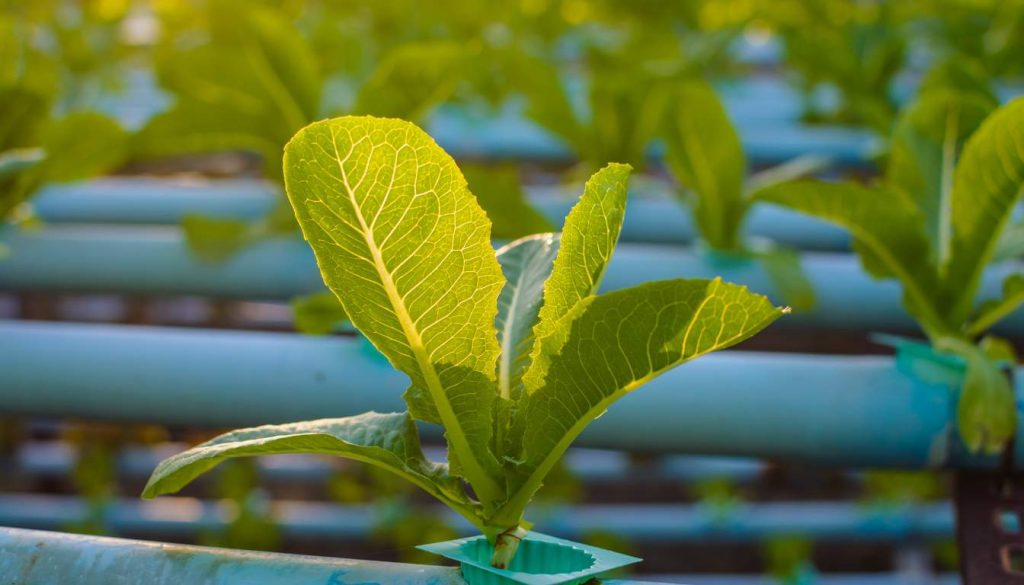
Hydroponic farming has gained significant popularity in recent years due to its numerous benefits and ability to produce high-quality crops. Many hydroponic farms have successfully implemented this innovative farming method, showcasing the potential of hydroponics for sustainable and efficient food production.
These farms grow a wide variety of hydroponic vegetables, such as lettuces, leafy greens, and Asian greens, which thrive in a controlled environment. Additionally, they cultivate an array of flavorful herbs like mint, basil, and cilantro. By utilizing hydroponic systems, these farms are able to produce nutrient-rich crops consistently.
For example, one hydroponic farm located in California specializes in growing hydroponic vegetables that are sold to local markets and restaurants. They utilize vertical hydroponic systems to maximize space and increase crop yield.
Another hydroponic farm in New York focuses on growing a variety of hydroponic herbs, which are in high demand by local consumers. These farms serve as successful examples of how hydroponic farming can be implemented on a larger scale to meet the growing demand for fresh, pesticide-free produce.
Read – Hydroponic System For Herbs
Best Plants for Hydroponics
When it comes to choosing the best plants for hydroponics, it is important to consider their adaptability to this soilless growing method. Hydroponic vegetables like lettuce, spinach, kale, and Swiss chard are excellent choices due to their fast growth and high nutrient content.
Herbs such as basil, mint, and cilantro thrive in hydroponic systems, producing flavorful and aromatic leaves. Additionally, crops like strawberries, tomatoes, and cucumbers can be successfully grown in hydroponics, offering a range of fruits for hydroponic farmers to cultivate.
How to Start Hydroponic Farming in 5 Steps
Starting a hydroponic garden may seem daunting, but it can be broken down into five simple steps:
Step 1: Choose a Suitable Hydroponic System
The first step in starting a hydroponic farm is to select a suitable hydroponic system that fits your space and needs. There are various types of systems available, such as nutrient film technique (NFT), deep water culture (DWC), and vertical systems. Consider factors like space availability, budget, and the types of plants you want to grow when choosing your system.
Step 2: Select the Right Plant Varieties
Next, choose the right plant varieties for hydroponics. Popular choices include lettuce, spinach, kale, and various herbs like basil and mint. These plants are well-suited for hydroponic growing and can thrive in a soilless environment. Consider plant size, growth rate, and nutrient requirements when selecting your plant varieties.
Step 3: Set Up Your Hydroponic System
Once you have chosen your hydroponic system and plant varieties, it’s time to set up your system. Ensure proper lighting, temperature, and nutrient solutions for optimal plant growth. LED grow lights are commonly used for indoor hydroponic gardens, as they provide energy-efficient and customizable lighting solutions. Monitor and adjust nutrient levels regularly to provide your plants with the essential elements they need to thrive.
Step 4: Monitor and Maintain Your Hydroponic Garden
Monitoring and maintaining your hydroponic garden is crucial for its success. Regularly check nutrient levels, pH balance, and water quality to ensure optimal plant nutrition. Monitor plant health and address any issues that arise, such as pest infestations or nutrient deficiencies. Prune plants as needed to encourage growth and prevent overcrowding. By staying proactive in maintaining your garden, you can ensure healthy and productive plants.
Step 5: Enjoy the Process and Watch Your Plants Thrive
Finally, enjoy the process of hydroponic farming and watch your plants thrive in their soilless environment. Hydroponic gardening gives you full control over the growing conditions, resulting in healthy and nutrient-rich produce. Experiment with different plant varieties, techniques, and systems to find what works best for you. With time and experience, you will become a skilled hydroponic gardener and enjoy the rewards of your efforts.
Read – Low-Cost Hydroponic Systems
Read – 41 Best Things To Grow In AeroGarden
Expand Your Hydroponic Farming Horizons
While vegetables and herbs are commonly grown in hydroponic farms, there are other exciting possibilities to explore. Microgreens, which are young and nutrient-packed greens, can be grown in hydroponics and make a delicious addition to salads, sandwiches, and smoothies. You can also experiment with growing fruiting plants like tomatoes and cucumbers in your hydroponic system to enjoy juicy, homegrown produce.
With the right care and attention, you can grow a diverse array of plants on your hydroponic farm. From fresh salads to aromatic herbs, hydroponics offers an innovative and sustainable way to cultivate a thriving garden.
What You Can’t Grow Commercially in a Hydroponic Farm
While hydroponic farming offers a wide variety of plant options, there are some limitations to consider. Certain crops, like strawberries and tomatoes, require additional considerations such as pollination, making them more challenging to grow commercially in hydroponic systems. Rooting vegetables like potatoes and sweet potatoes are also better suited for soil-based cultivation. Additionally, plants with large and heavy heads, like broccoli, may not be ideal for hydroponic growing.
However, it’s essential to note that alternatives are often available, such as growing broccoli microgreens in hydroponic systems. These smaller versions of the plant offer similar nutritional benefits and a unique flavor profile, making them a suitable substitute.
Moreover, while some hydroponic fruit plants may not be commercially viable, many others, like strawberries and melons, can be successfully grown in this system. It’s crucial to carefully select the best hydroponic plants based on their growth requirements and commercial viability.
Considering Commercial Hydroponic Vegetable Plants
When it comes to hydroponic vegetable plants, there is a wide range of options that thrive in this system. Leafy greens such as lettuce, spinach, kale, and Swiss chard are excellent choices, as they grow quickly and yield bountiful harvests. Other popular hydroponic vegetable plants include cucumbers, tomatoes, peppers, and herbs like basil, mint, and parsley.
Ultimately, while there are limitations to what you can grow commercially in a hydroponic farm, there is still an extensive selection of hydroponic plants that can be grown successfully. By understanding the specific requirements of each plant and considering alternative options, you can create a thriving hydroponic garden that meets your commercial needs and provides an abundance of fresh, high-quality produce.
Advantages of Hydroponic Gardening
Hydroponic gardening offers numerous advantages over traditional soil-based gardening. With hydroponics, you can enjoy year-round production, regardless of the climate or season. This means you can have fresh, homegrown produce even during winter months.
Additionally, hydroponics requires less water compared to traditional gardening methods. By providing a water-based, nutrient-rich solution directly to the roots of the plants, hydroponics conserves water and reduces wastage. This is especially beneficial in areas with limited water resources or in regions experiencing drought conditions.
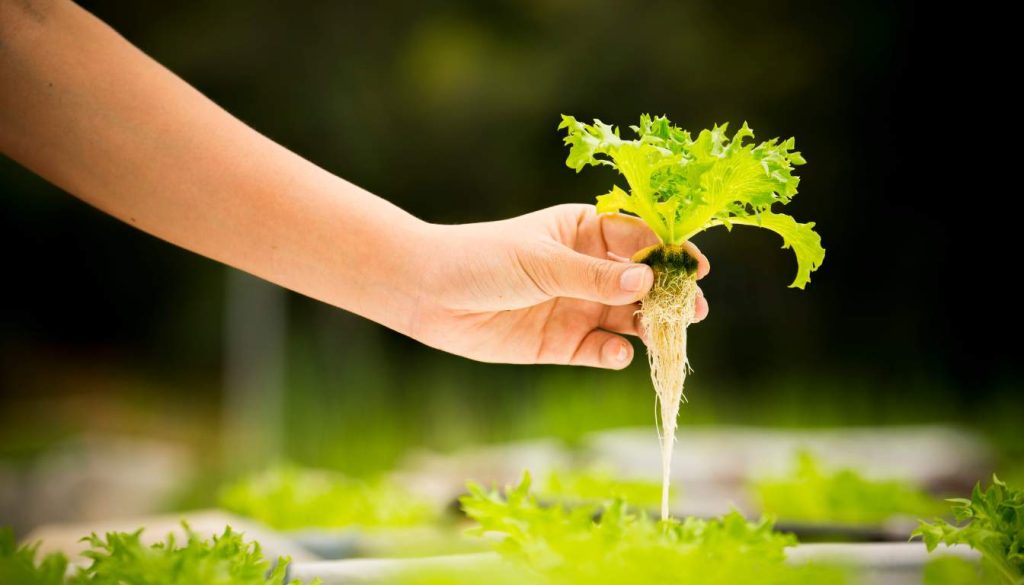
Another advantage of hydroponic gardening is its ability to maximize land usage. Hydroponic systems are designed to be space-efficient, allowing you to grow more plants in a smaller area compared to traditional soil-based gardens. This is particularly advantageous for urban gardeners or those with limited garden space.
In addition, hydroponics reduces the labor requirements typically associated with soil-based gardening. By eliminating the need for weeding and soil maintenance, hydroponics saves you time and effort, making gardening more convenient and enjoyable.
Furthermore, hydroponics eliminates the need for chemical fertilizers and pesticides. By controlling the nutrient levels in the water solution, you can provide your plants with the ideal conditions for growth, reducing the need for synthetic fertilizers.
Additionally, hydroponic systems are less susceptible to pest and disease infestations, resulting in healthier plants. This allows you to cultivate organic and pesticide-free produce in your hydroponic garden, promoting a healthier lifestyle for you and your family.
Ultimately, hydroponic gardening offers a sustainable and efficient approach to food production. By using less water, conserving land, reducing labor, and eliminating the need for chemicals, hydroponics is a more eco-friendly alternative to traditional gardening. Whether you’re a beginner gardener or an experienced horticulturist, hydroponic gardening provides an exciting and rewarding way to grow fresh and nutritious food.
Read – Hydroponics Advantages and Disadvantages
Maintaining Proper Lighting and Temperature for Indoor Hydroponic Gardens
When it comes to indoor hydroponic gardening, providing the right lighting and temperature conditions is essential for the success of your plants. One of the popular choices for lighting in hydroponic gardens is LED grow lights. These lights are energy-efficient and can effectively mimic natural sunlight, providing the necessary spectrum of light for plant growth.
Most plants require around 14-16 hours of light per day for optimal growth. By ensuring that your plants receive the right amount of light, you can promote healthy photosynthesis and encourage robust growth. Additionally, it’s important to consider the temperature in your hydroponic garden. Most plants thrive in a temperature range of 65-75°F (18-24°C).
Proper ventilation and air circulation play a crucial role in maintaining stable temperatures and preventing heat buildup. This can be achieved by using fans or installing an exhaust system to ensure adequate airflow. Monitoring the temperature regularly and making adjustments when necessary will help your plants thrive in their indoor hydroponic environment.
Read – What is Organic Hydroponic Gardening?
Creating an Ideal Environment for Healthy Plant Growth
To create an ideal environment for healthy plant growth in your hydroponic garden, it’s important to pay attention to both lighting and temperature. By providing the right spectrum of light with LED grow lights and ensuring proper ventilation and air circulation, you can create the optimal conditions for your plants to thrive.
Remember to monitor your plants closely and make adjustments as needed. Each plant variety may have specific lighting and temperature requirements, so it’s important to do your research and understand the needs of the plants you’re growing. With the right care and attention to lighting and temperature, you’ll be well on your way to a successful indoor hydroponic garden.
Tips for Maximizing Productivity and Yield in Hydroponic Gardens
If you want to achieve exceptional results in your hydroponic garden, here are some tips to maximize productivity and yield:
1. Choose the best hydroponic plant varieties: Selecting the right plants is crucial for successful hydroponic gardening. Consider the specific setup and goals of your garden, and choose plants that are well-suited for hydroponics. Some popular options include lettuce, spinach, kale, herbs like basil and mint, and even fruiting plants like tomatoes and cucumbers.
2. Monitor nutrient levels and pH: Regularly check and maintain proper nutrient levels and pH in your hydroponic system. This ensures that your plants receive optimal nutrition and promotes healthy growth. Use a reliable testing kit to monitor these levels and make necessary adjustments as needed.
3. Maintain optimal lighting and temperature conditions: Providing the right amount of light and maintaining proper temperature are essential for healthy plant growth. LED grow lights are energy-efficient and can mimic natural sunlight. Most plants require 14-16 hours of light per day. In terms of temperature, aim for a range of 65-75°F (18-24°C) for most plants. Proper ventilation and air circulation also contribute to stable temperature conditions.
4. Implement a consistent maintenance routine: Regular maintenance is key to keeping your hydroponic garden productive. This includes tasks like pruning to promote healthy growth and pest control to prevent infestations. Stay vigilant and address any issues promptly to ensure the well-being of your plants.
FAQ
What plants grow well in hydroponics?
Various plant varieties grow well in hydroponics, including vegetables like lettuce, spinach, kale, and root vegetables. Herbs like basil, mint, and cilantro also thrive in hydroponic systems. Other possibilities include microgreens, strawberries, tomatoes, and cucumbers.
What are the benefits of hydroponic farming?
Hydroponic farming offers year-round production, reduced water usage, lower land requirements, fewer chemicals, and lower labor requirements compared to traditional soil-based farming. It also enables hyper-local food production and delivers fresher produce to consumers.
How can hydroponics be used?
Hydroponics can be used to grow a variety of fruits such as strawberries, tomatoes, and cucumbers. It is also ideal for growing vibrant flowers like roses and orchids. The versatility of hydroponics allows for experimentation and the growth of a wide range of plants.
What are the differences between hydroponic gardening and soil-based gardening?
Hydroponic gardening eliminates the need for soil and offers advantages such as reduced water usage, less space requirement, faster growth, higher yields, and minimized risks of pests and diseases. Soil-based gardening, on the other hand, relies on natural soil conditions and may require more water, space, and pest control measures.
What plants can be grown in a hydroponic farm?
Hydroponic farms can grow a variety of vegetables like lettuce, leafy greens, Asian greens, and herbs such as mint, basil, and cilantro. These plants showcase the potential of hydroponics for producing high-quality, nutrient-rich produce.
How do I start hydroponic farming?
Starting a hydroponic garden requires five simple steps: choose a suitable hydroponic system, select the right plant varieties, set up the hydroponic system, monitor and maintain the garden, and enjoy watching your plants thrive.
How can hydroponics be used?
Hydroponic farms can grow a diverse array of plants, including various lettuces, leafy greens, Asian greens, root vegetables, herbs, microgreens, strawberries, and fruiting plants like tomatoes and cucumbers.
What plants can’t be grown commercially in a hydroponic farm?
Certain crops like strawberries and tomatoes require additional considerations such as pollination, making them more challenging to grow commercially in hydroponic systems. Rooting vegetables like potatoes and sweet potatoes are also better suited for soil-based cultivation. Plants with large and heavy heads, like broccoli, may not be ideal for hydroponic growing, although alternatives such as broccoli microgreens can be grown.
What are the advantages of hydroponic gardening?
Hydroponic gardening offers advantages like year-round production, reduced water and land usage, lower labor requirements, fewer chemicals used, and the ability to contribute to a more sustainable and efficient food production system.
How do I maintain proper lighting and temperature for my indoor hydroponic garden?
Providing the right lighting and temperature conditions is crucial for the success of your indoor hydroponic garden. LED grow lights are commonly used for energy efficiency and mimicking natural sunlight. Most plants require 14-16 hours of light per day and thrive at temperatures ranging from 65-75°F (18-24°C).
How can I maximize productivity and yield in my hydroponic garden?
To maximize productivity and yield, choose the best hydroponic plant varieties for your setup and goals, monitor nutrient levels and pH regularly, maintain proper lighting and temperature conditions, implement a consistent maintenance routine including pruning and pest control, and experiment with new plants and techniques to find what works best for your hydroponic garden.



